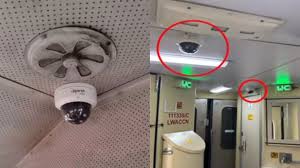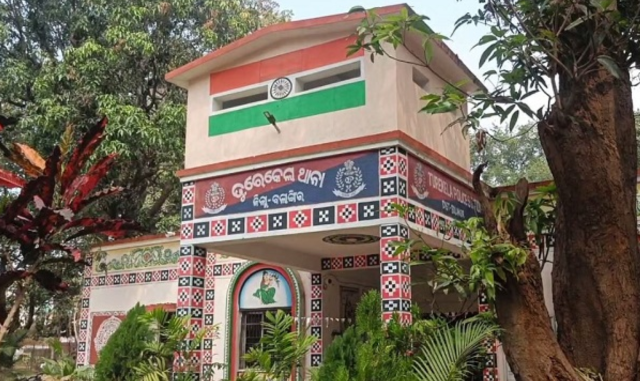In a major step towards enhancing passenger safety, Indian Railways has decided to install CCTV cameras in all 74,000 train coaches and 15,000 locomotives across the country. The move follows successful experimental trials conducted in select coaches and locos of Northern Railway.
Union Railway Minister Ashwini Vaishnaw, along with Minister of State Ravneet Singh Bittu, reviewed the progress of the initiative and stressed the need for state-of-the-art surveillance systems. The decision aims to deter criminal activity, aid law enforcement, and foster a more secure environment for passengers.
Strategic Surveillance with Privacy in Focus
To ensure passenger privacy, the CCTV cameras will be installed only in the common movement areas near coach entrances. Each coach will have four dome-type cameras—two near each entry point. Locomotives will be equipped with six CCTV cameras: one at the front, one at the rear, and one on each side. Additionally, the front and rear cabs of each loco will have dome cameras along with desk-mounted microphones.
Officials emphasised that these systems are designed to help identify miscreants and organised gangs that often target unsuspecting passengers. The surveillance will be particularly beneficial on moving trains, including under low-light conditions and at speeds exceeding 100 kmph.
AI-Powered Monitoring
The Railway Ministry has encouraged integration of Artificial Intelligence (AI) tools to enhance real-time monitoring and analytics. In collaboration with the India AI Mission, the data from the CCTV systems may be used to develop predictive safety models and alert systems.
The cameras and equipment will be STQC (Standardisation Testing and Quality Certification) certified, and the Railways has pledged to maintain high-quality footage standards across the network.
A Modern Safety Drive
The initiative reflects Indian Railways’ commitment to creating a safer, tech-driven, and passenger-friendly rail experience. A high-level review meeting chaired by Railway Board officials was held on Saturday to finalise rollout strategies and ensure implementation without delays.
Once completed, this nationwide surveillance network is expected to significantly improve safety outcomes for millions of daily rail users.





























